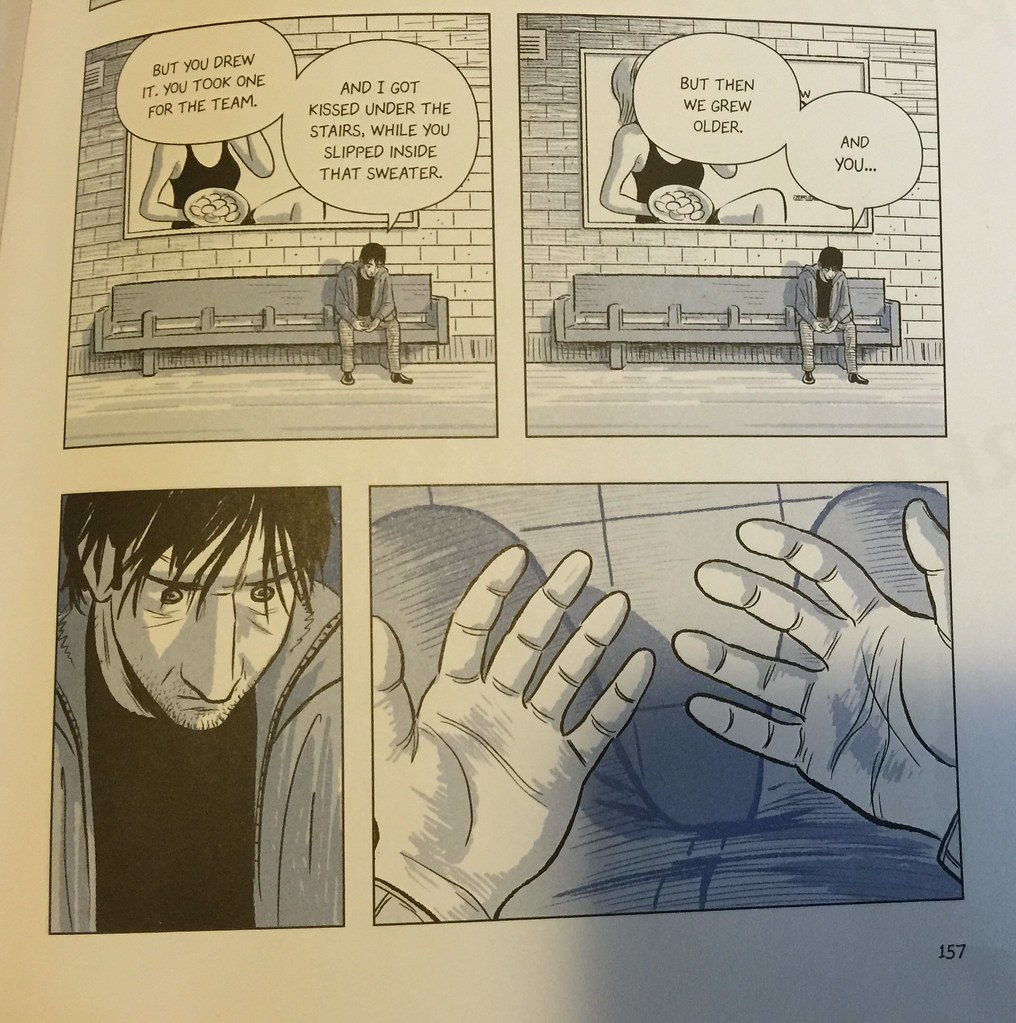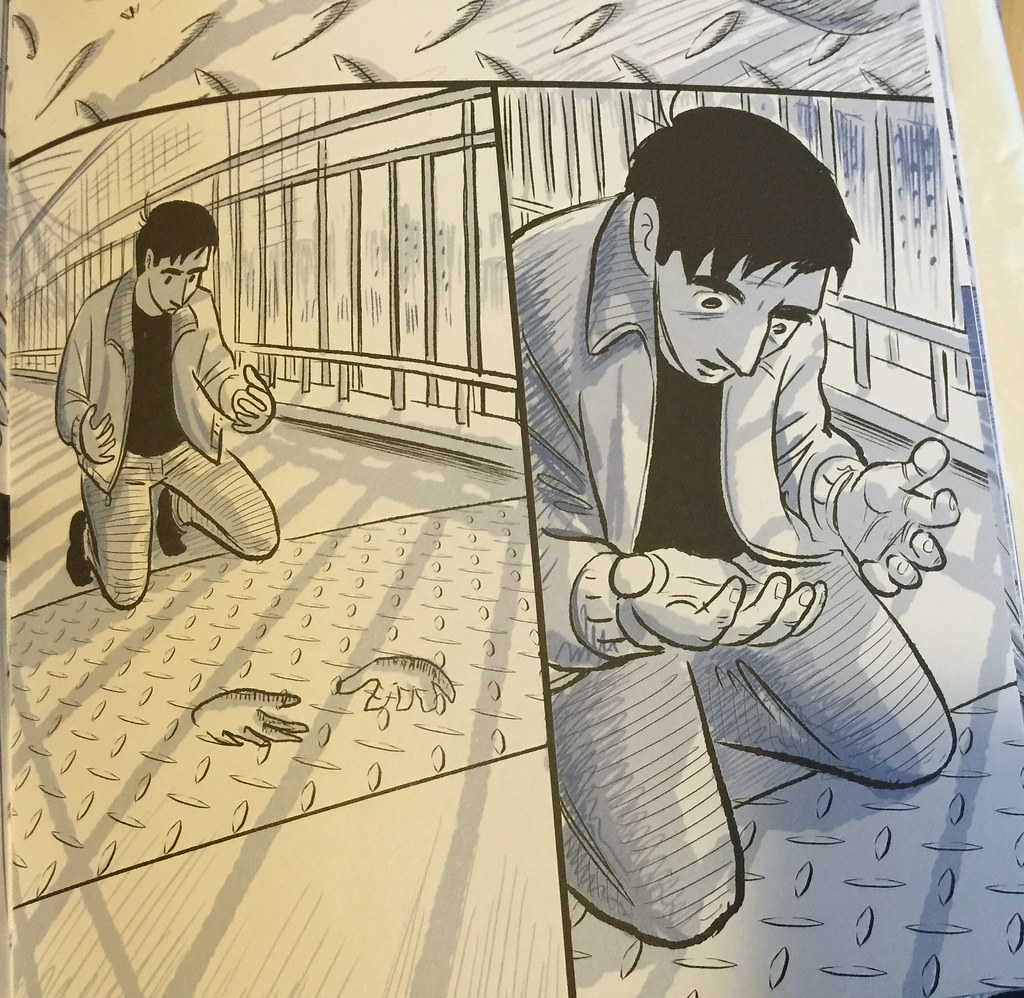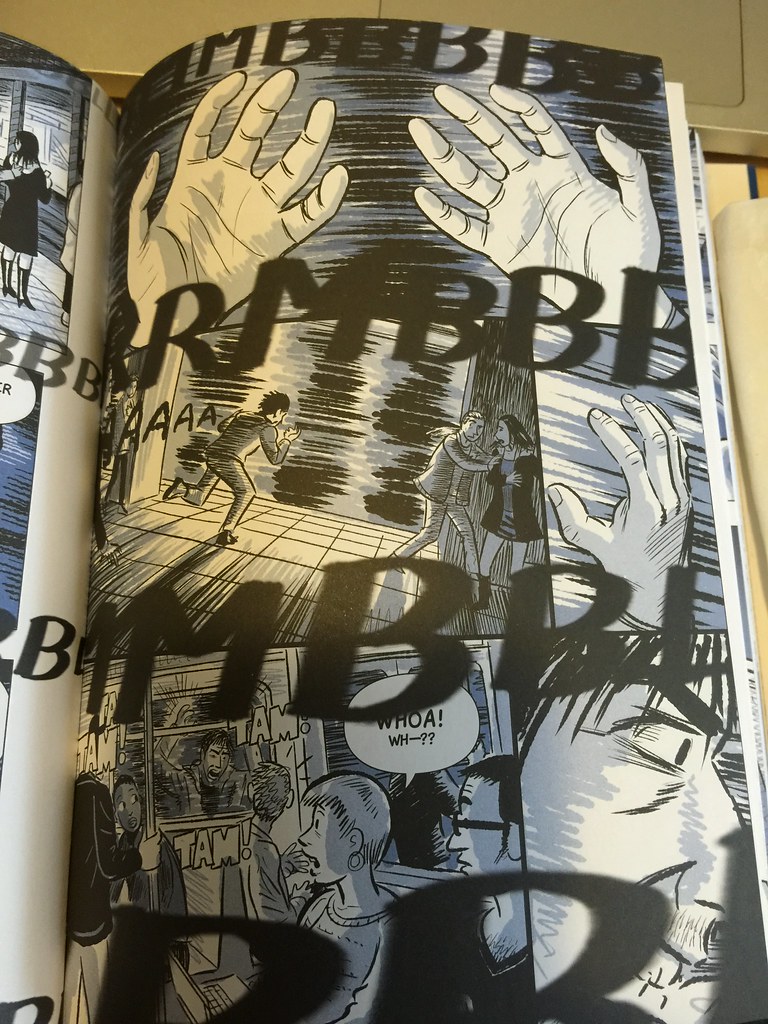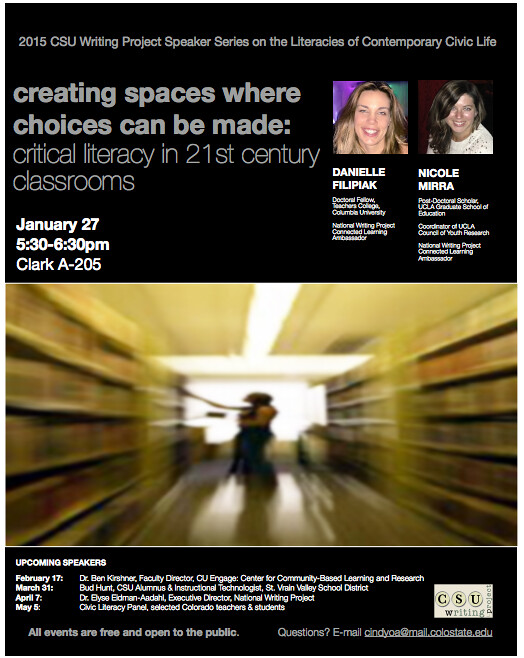
I’m currently just cracking the spine on The Last Projector, there’s a day left in 2014, and it’s time for the reckoning. And so, as with the past five years, I offer my annual rundown of books I read this year:
Books read in 2014: 157
Comics and graphic novels included in reading total: 26
Books of poetry included in reading total: 3
Books reread included in reading total: 3
Academic & Education related books included in reading total: 18
YA and Junior Fiction books included in reading total: 10
Roleplaying Game-related books (rules, modules, settings … because research): 25
A few thoughts (As usual, here are my posts on books read in 2013, 2012, 2011, 2010, and 2009):
I don’t think I had more fun reading this year than the solid 1-2-3 punch of Jeff Vandermeer’s Southern Reach Trilogy (Annihilation, Authority, and Acceptance). There’s heaps of praise for the trilogy and now packaged as a single volume for the holidays, it’s a great way to get lost for a week or two.
I read a handful of music-related books. Some highlights include the slim volume about Dangerous that I previously blogged about, this look at techno-pranksters the KLF, a Q&A for getting lost in the mythos of Will Oldham and Bonnie “Prince” Billy, and a book length work about the greatest album/film/musician of all time.
Though this year was pretty light on poetry for me, Claudia Rankine’s Citizen felt like one of the most timely, necessary reads of the year.
While I only picked it up in the past two weeks, Richard McGuire’s Here is the best graphic novel I read. Following the thousands+ history of a single room, generations of families, prehistoric animals, and futuristic guesses are offered in windowed comic panels, like the pop-up windows of ’90s era online browsing. The premise sounds like (and occasionally literally is) watching paint dry on a wall. It’s unlike anything else you’ll read.
The two best academic books I read are accessible and I heartily recommend them for a general readership. danah boyd’s It’s Complicated takes more than a decade of research on the digital lives of youth and makes it clear how young people are communicating, learning, and sharing today; danah’s work here has been foundational in my own research and It’s Complicated offers necessary perspective on a larger conversation about technology, learning, privacy, and socialization. On The Run is an equally-long-in-the-making ethnography about young men trying to avoid the U.S. legal system. It’s a compelling book with vibrant characters, Wire-like escapades, haunting scenes, and the troubling fact that this is all real and experienced daily by urban youth across the country.
I finished Isaacson’s The Innovators earlier this month. It was fun and exactly what I expected. If you can’t remember why Jim Henson is such an amazing and generous innovator in his own right, the biography that came out a few years ago will remind you. The lessons that Henson’s life illustrate have stayed with me throughout the year.
My year of other media consumption was pretty predictable. D’Angelo’s Black Messiah and St. Vincent’s self titled record are constantly on rotation. Serial is eating my brain. Boyhood made me cry while watching it on an airplane. I saw Future Islands in concert twice this year and the singer terrified me both times.
I listened to this cover of “Johnny and Mary” more times than is probably healthy:
There is an expanded version of Yo La Tengo’s amazing album (do they make any other kind?) Painful, so this is a good time to encourage you to ring in the new year listening to “Nowhere Near.”
What are your reading plans for 2015?
Tell people this is awesome:








